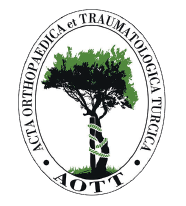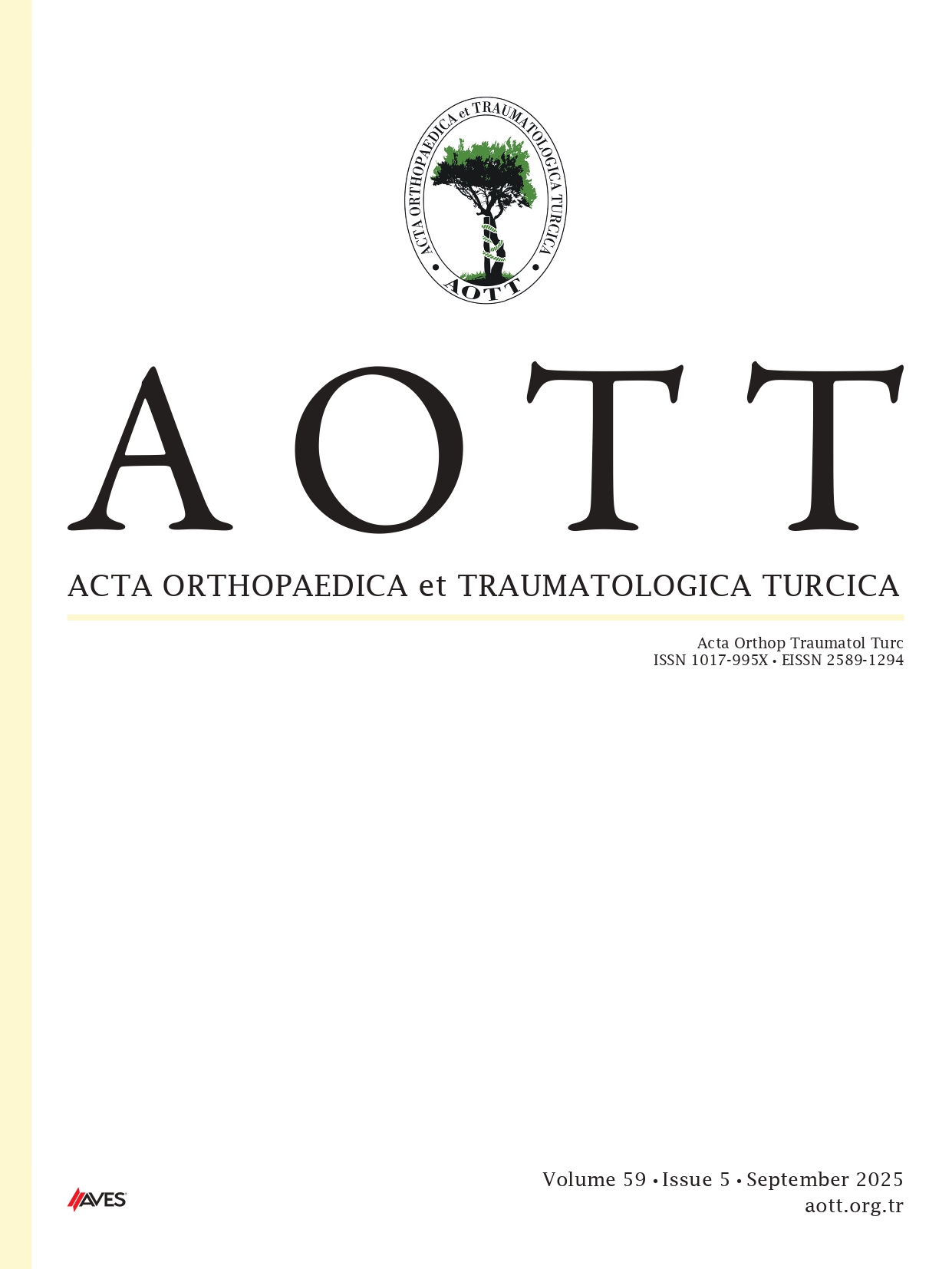Objective: This study aimed to compare the biomechanical characteristics of conventional transosseous equivalent (TOE) techniques with those of the novel free independent double-row medial fixation method, using rigid polyurethane (PU) foam blocks to simulate osteoporotic humerus bone.
Methods: In this biomechanical study, 4 groups were tested using rigid PU foam blocks with osteoporotic properties and bovine infraspinatus tendons to simulate the rotator cuff. Groups 1 and 2 employed conventional TOE techniques: medial row knotted repair and knotless repair, respectively. Groups 3 and 4 utilized the “free independent double-row medial fixation method,” differing in the order of suture tying. Several biomechanical characteristic and pressure parameters were measured.
Results: Groups 3 (0.16 ± 0.04 MPa) and 4 (0.17 ± 0.05 MPa) achieved significantly higher initial contact pressure compared to standard TOE techniques (P=.039). While contact area (Group 3: 102.4 ± 55.0 mm², Group 4: 110.4 ± 37.2 mm²) and ultimate failure force (Group 3: 212.0 ± 26.5 N, Group 4: 214.7 ± 30.2 N) were relatively higher, the differences were not statistically significant (P=.135 and P=.3, respectively). The overall failure types included medial anchor pullout (40%) and suture/tendon stripping (32.5%), with no significant differences among groups (P=.260).
Conclusion: With superior contact pressure and comparable ultimate failure and contact area measurements, the novel independent double-row medial fixation technique may be a viable alternative to conventional TOE techniques for enhancing medial row stability in osteoporotic conditions.
Level of Evidence: N/A.
Cite this article as: Eskara H, Keskin A, Tatar Y, Gercek N, Imren Y, Semih Dedeoglu S. Biomechanical comparison of rotator cu! repair techniques in osteoporotic conditions: testing a novel technique. Acta Orthop Traumatol Turc., 2025;59(2):79-85.



.png)
.png)
